#RareRides
Rare Rides Icons, The Nissan Maxima Story (Part VI)
It turned out that 1994 was a high point for the Nissan Maxima. The third-generation sedan was just about the ideal mix of driving dynamics, quality, luxury, and whiz-bang tech features. It was offered in well-equipped GXE trim for lovers of comfort, and sportier SE for Sports Enthusiasts (or something). After its introduction for the 1989 model year, Nissan made relatively few changes to its impressive sedan.
Sales were around 100,000 units in its first two years, and then around 85,000 for the next two years. But in its final model year of 1994 the third gen’s sales nearly doubled, to 163,138. It was time for a new Maxima in 1995. It was a generation that branched out to become other interesting vehicles but also started the model’s decline.
Rare Rides Icons: The Lincoln Mark Series Cars, Feeling Continental (Part XVI)
The new Continental Mark III coupe was a smash hit at its debut in 1969. The Thunderbird-based design proved a cost-saving device for the Lincoln-Mercury Division and put the company’s revenue in the black for the first time in a while. After an exceptionally long model year in 1969, regulatory forces, trim edits, and cost-saving measures took place for the model’s second year in 1970. We covered the exterior changes last time, and today slide into bucket seats in our polyester suits.
Rare Rides Personas: Powel Crosley Junior, Tiny Cars, Radio, and Baseball (Part VI)
Powel Crosley Junior’s life was in expansion mode in the late 1920s, both professionally and with regard to real estate. Previously, we covered his AM radio goals via the ever more powerful 700 WLW station, his new company HQ in Cincinnati, and the growth of his personal real estate with new estates in Cincinnati and Sarasota. But those goings-on didn’t distract Crosley from the entrepreneurial interests he always maintained. Let’s talk about airplanes.
Rare Rides Icons: Lamborghini's Front-Engine Grand Touring Coupes (Part XI)
It was a long, uphill battle to get the Espada into production. Seemingly no designer would deliver on Ferruccio Lamborghini’s desire for a four-seat grand touring coupe. While style was fine, outlandish design was unacceptable. Yet designers disappointed him on the Islero (which was supposed to be a real four-seater) and fought him on what became the Espada.
Marcelo Gandini at Bertone was forced to redesign the Espada more than once to comply with Lamborghini’s wishes, even though its Jaguar Pirana looks stayed intact. Gullwing doors were a favorite feature of Gandini’s, but Ferruccio declared they were ridiculous and impractical for such a car. And while the styling was being settled, there was quite a bit of new engineering taking place for the Espada, too.
Rare Rides Icons: In Memoriam, The Chrysler LX Platform (Part II)
As the Chrysler LX platform heads toward its demise after the 2023 model year, Rare Rides Icons is making its way through the various large-ish vehicles that used the platform these past two decades. The starting point for this series are the original LX concepts that never made production. We covered the Airflite (basically a Crossfire hardtop hatchback) last week. And today we’ll take a look at the larger, more luxurious, and more obscure Nassau concept (of which there were two).
Rare Rides Icons, The Nissan Maxima Story (Part V)
The new third-generation (J30) Nissan Maxima went in a bold new direction from its predecessors. Larger, more luxurious, more technologically savvy, and better made than the first two, the third Maxima was the first to cater to the North American market. The Maxima’s sudden transformation was so complete that it diverged from its former sibling the Bluebird to become an entirely separate model. First up today, we consider 4DSC styling.
Rare Rides Icons: The Lincoln Mark Series Cars, Feeling Continental (Part XV)
Much to the delight of accountants at Ford’s headquarters in Dearborn, the new Thunderbird-based 1969 Lincoln Continental Mark III was an immediate sales success. It was a case of the right product (a personal luxury coupe) at the right time. The Mark III went head-to-head with its rival and closest competition, the Cadillac Eldorado.
And though the Eldorado nameplate had a long history and was better established than the Mark, Lincoln’s offering topped the Cadillac in sales in its first year. Part of that was down to an exceptionally long first model year that padded the figures, but credit also went to the excitement generated by the Mark. Mark III was all new in 1968 (for the ‘69 model year), while the front-drive E-body Eldorado had been on sale since 1967. Though a few updates happened within its debut model year (that ran from March 1968 to December 1969), product vice president Lee Iacocca knew his pet project needed additional updates to keep consumer interest going.
Rare Rides Icons: The History of Kia's Larger and Full-size Sedans (Part XIV)
Over 14 installments, we’ve finally reached the conclusion of our coverage of Kia’s midsize and large sedans. The Korean manufacturer’s original offerings were borrowed from other companies, most often Mazda. It’s been a long journey, but we finish our tale today with a promising-looking front-drive sedan that’s off-limits to North America. You might never have heard of it.
Rare Rides Icons: Lamborghini's Front-Engine Grand Touring Coupes (Part X)
In 1968, Lamborghini launched two new front-engine grand touring coupes at the same time. It was only the second time the company introduced two new models in the same model year. The two cars in question were the restrained and conservative Islero 2+2, and the larger more in-your-face Espada. While we covered Islero’s rapid demise previously in this series, the four-seat Espada had a much more successful life.
It was the realization of a large four-seat coupe from company founder Ferruccio Lamborghini, who’d wished for a car of said type since the company’s inception. The short-lived Islero turned into a last-of-moment for Lamborghini, as its sales flop proved the company with the raging bull logo was better served by more exciting, outlandish designs.
We covered Espada's styling in our previous entry. Penned by Marcelo Gandini at Bertone, the Espada was nearly a Xerox copy of the Jaguar Pirana concept, at 125 percent magnification. But its large size and generous interior space for four caused some new challenges for Lamborghini’s engineers; the road to the production Espada was not a smooth one.
Rare Rides Icons: In Memoriam, The Chrysler LX Platform (Part I)
Big change is in the air at Chrysler and company these days, as the rear-drive LX platform heads off into the sunset. With a longevity of two decades - far beyond the reach of the majority of current platforms - it seems fitting to eulogize the LX at this juncture. The end of the LX represents more than just the end of the rear-drive internal combustion vehicle at Chrysler.
It’s also the end of two gasoline-powered Dodge muscle cars, the Charger and Challenger (only the Charger returns as an EV). The LX is also the basis of the last two remaining full-size American sedans: Charger and 300C. In 2023 all the last LX-based vehicles will roll off the line, wearing their various gaudy special edition gingerbread. Before that time comes, we should consider all the cars that brought us to this point.
Rare Rides Personas: Powel Crosley Junior, Tiny Cars, Radio, and Baseball (Part V)
Today we return to the Powel Crosley Jr. story, in 1928. As an aftermarket car parts company owner, Crosley saw business diversification opportunities in the burgeoning field of home appliances. In his first foray, he took on established phonograph manufacturers with his value priced Amerinola.
Then as broadcast radio entered public consciousness in the early and mid-Twenties, Crosley began selling simple radios that didn’t require an outside power source. From there, the new Crosley Radio Corporation branched out into powered radios via the low-priced Pup.
Once again, Crosley took on established players like RCA by offering a comparable radio at a fraction of the price. But once customers had their radios in hand, Crosley ran into an issue: It was 1928 and there was nothing to listen to.
Rare Rides Icons, The Nissan Maxima Story (Part IV)
After its short-lived first generation outing as a rear-drive car from 1981 to 1984, the PU11 Maxima of 1985 adopted the front-engine, front-wheel drive format the Maxima kept permanently. But that wasn’t the only precedent set by the PU11, as Nissan decided to move forward with V6 engine configurations and leave the inline-six in the past.
The addition of the sporty SE trim with its monochromatic details, and fancy electronic options like a Sonar Suspension System were both indications of where Nissan was headed with the Maxima. It was a sportier and more interesting direction than its stiffest competition, the staid and conservative rear-drive Cressida. Sales showed what buyers preferred, as the Maxima outsold the Cressida many times over throughout the mid-Eighties. And at the end of the decade, Nissan gave customers more of what they wanted with the very first 4DSC, a four-door sports car.
Rare Rides Icons: The Lincoln Mark Series Cars, Feeling Continental (Part XIV)
Today we return to the groovy year of 1968 in our Lincoln Mark timeline. In March, the quickly and affordably developed Continental Mark III made its debut at the 12 Hours of Sebring in Florida. It generated plenty of buyer excitement overnight, and went on sale immediately. Based on the fifth generation Thunderbird, Lincoln’s most exciting car was once again a halo personal luxury coupe.
After almost a decade where Lincoln offered a small number of variations of the Continental sedan that debuted in 1961, the Mark III was something different. We covered its development and styling in our last entry, and now it’s time to step inside a world of gently tufted luxury.
Rare Rides Icons: The History of Kia's Larger and Full-size Sedans (Part XIII)
Last time in our Kia large car saga, we learned much about the second-generation K9. Kia’s large, rear-drive luxury sedan wore K900 badging most places (including North America) but was also called Quoris on occasion. After a first generation that failed to capture the interest of global consumers, Kia went bigger and better for its second attempt.
The larger, more luxurious, and more refined K900 debuted in 2018 for the 2019 model year. It was as good a car as Kia could offer, a statement that was printed with an asterisk: From inception, any Kia flagship had to be lesser than its Genesis (nee Hyundai) sibling. Not as large, not as luxurious, not as showy, not as expensive, and without a long-wheelbase limousine. Let’s find out how it fared.
Rare Rides Icons: Lamborghini's Front-Engine Grand Touring Coupes (Part IX)
We return to our timeline of front-engine Lamborghini GT coupes, but take a step back in time. Our last entry left us at the conclusion of 1969 when the slow-selling Islero ground to a halt. Dealers had a difficult time shifting all 225 examples of the Islero, comprising 125 regular Isleros and 100 of the upgraded Islero S.
Ferruccio Lamborghini dictated the Islero’s restrained and elegant design to Mario Marazzi, after several concepts to replace the aged 400GT did not meet with the boss’s approval. What Lamborghini was really after was a four-seat grand tourer in the finest tradition of grace and pace. The Islero fit most of those qualifications, but was a 2+2 and (as mentioned) almost impossible to sell. Luckily, there was another front-engine Lamborghini GT that debuted at almost the same time as Islero in 1968. Say hello to Espada.




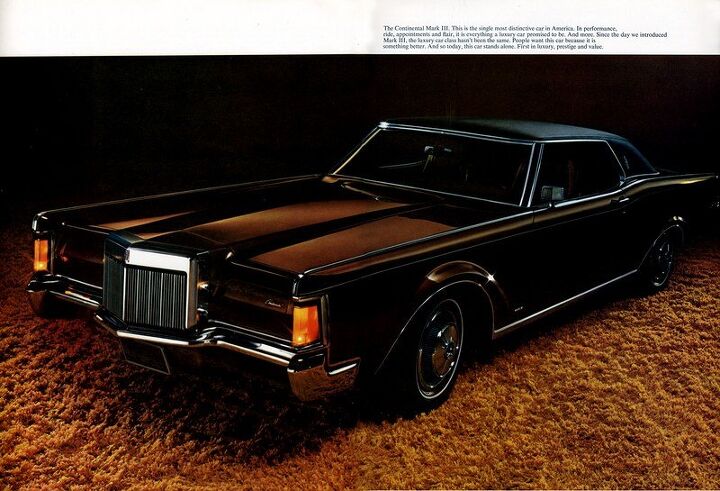
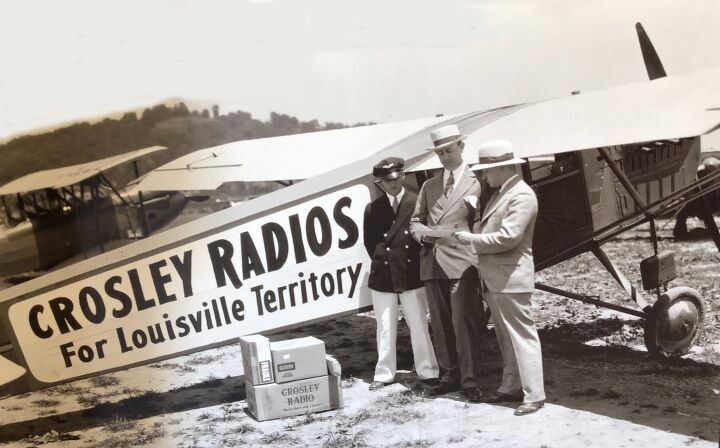
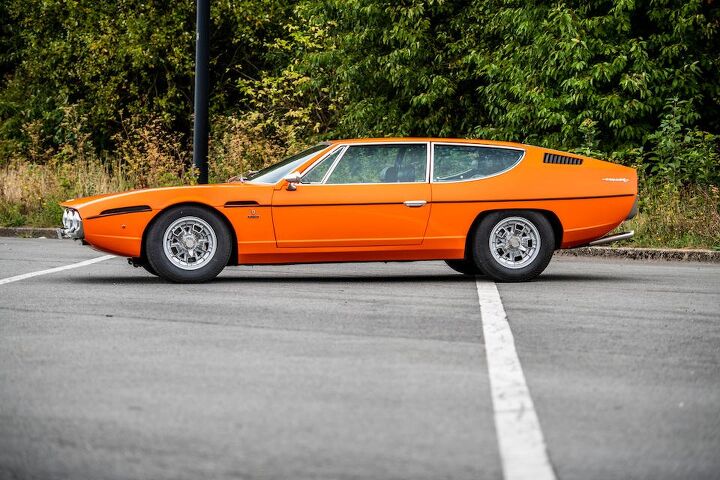
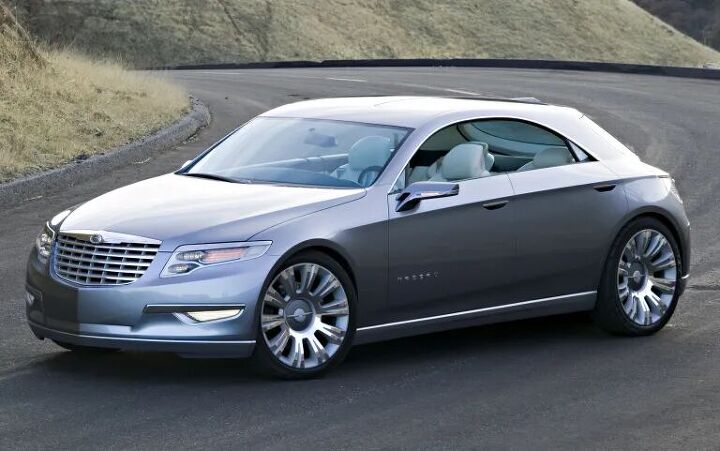
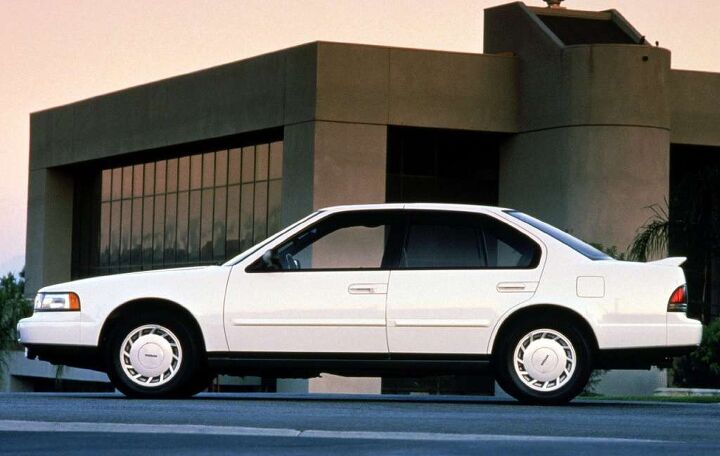
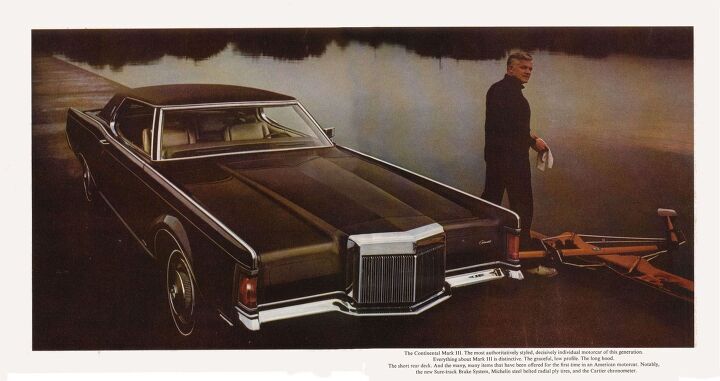

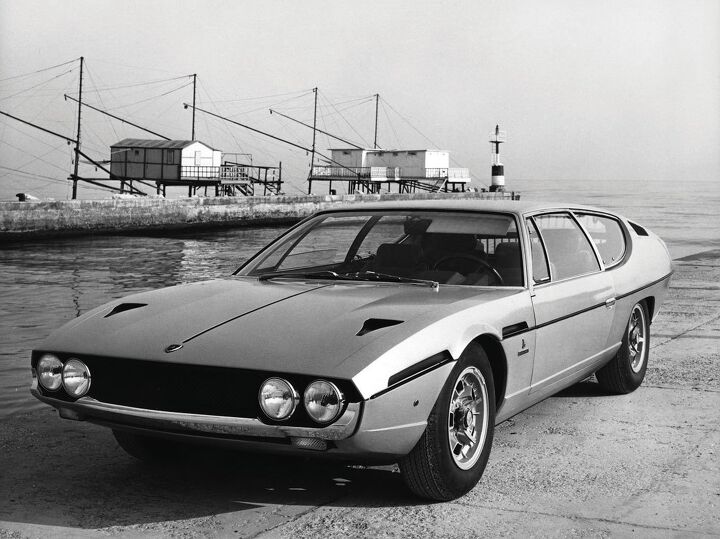

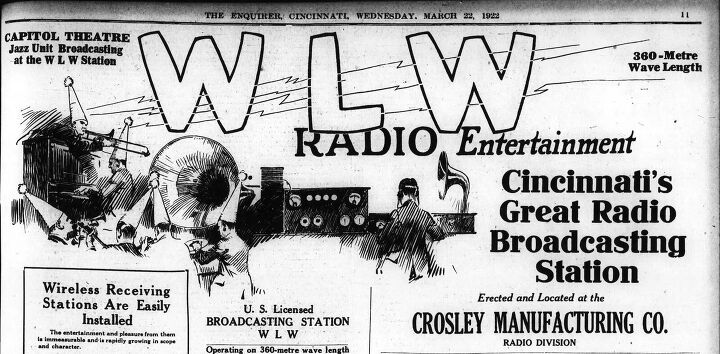
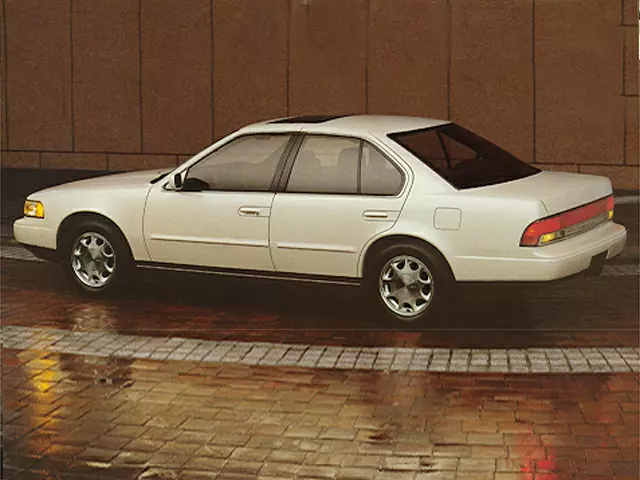

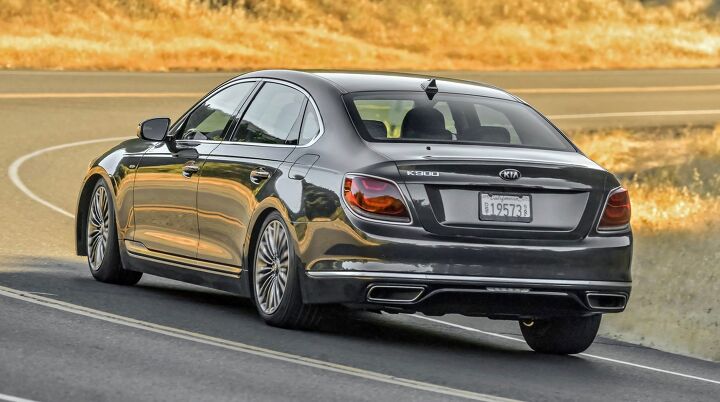
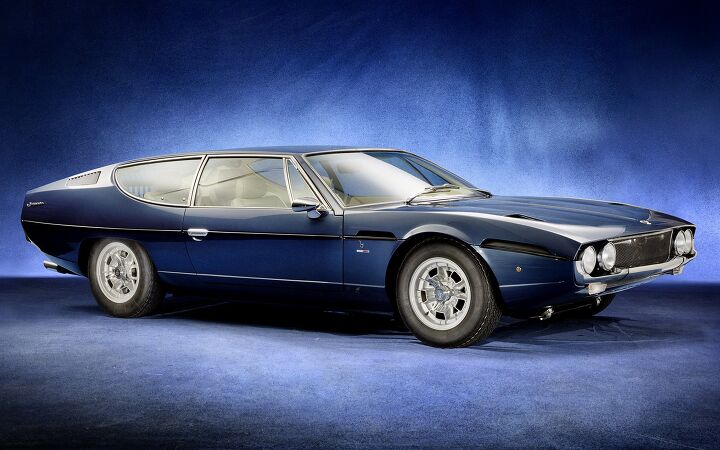












Recent Comments